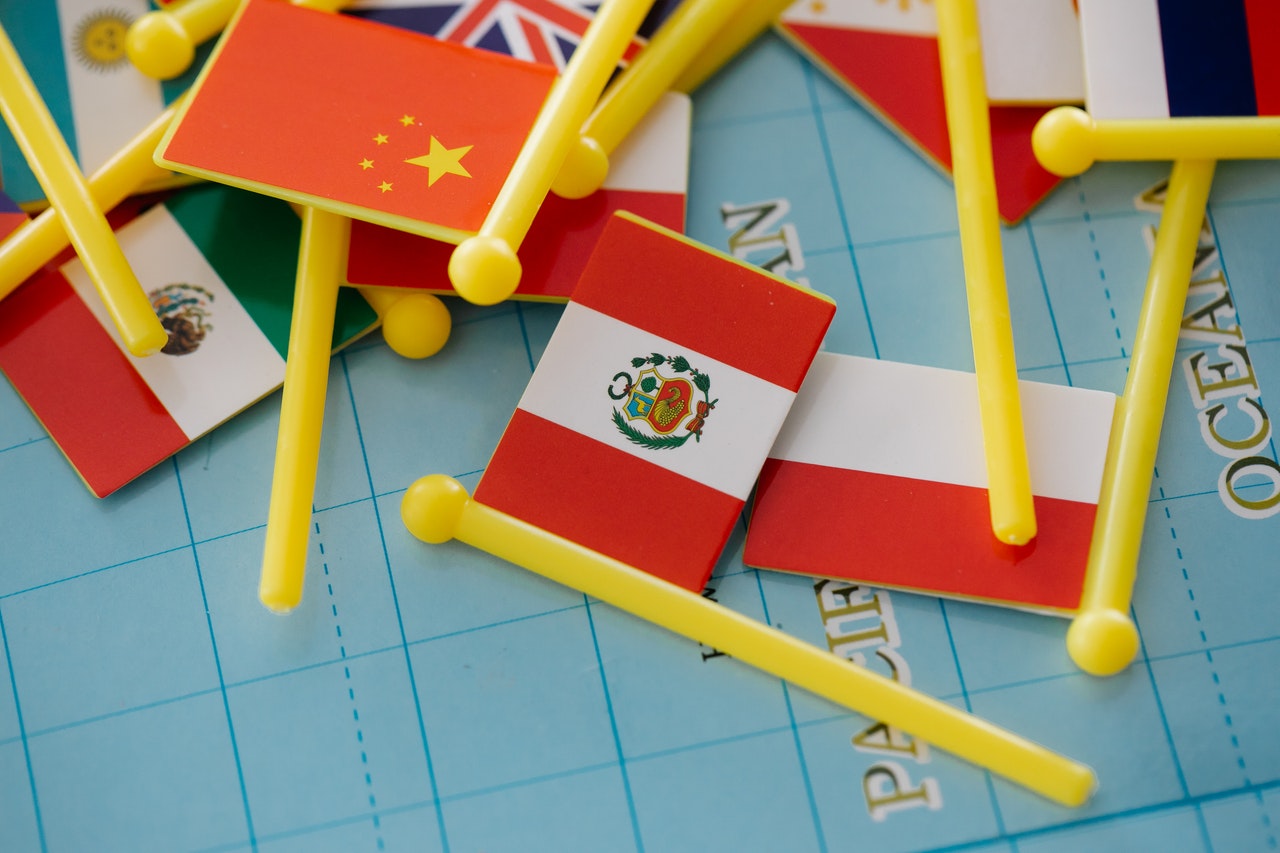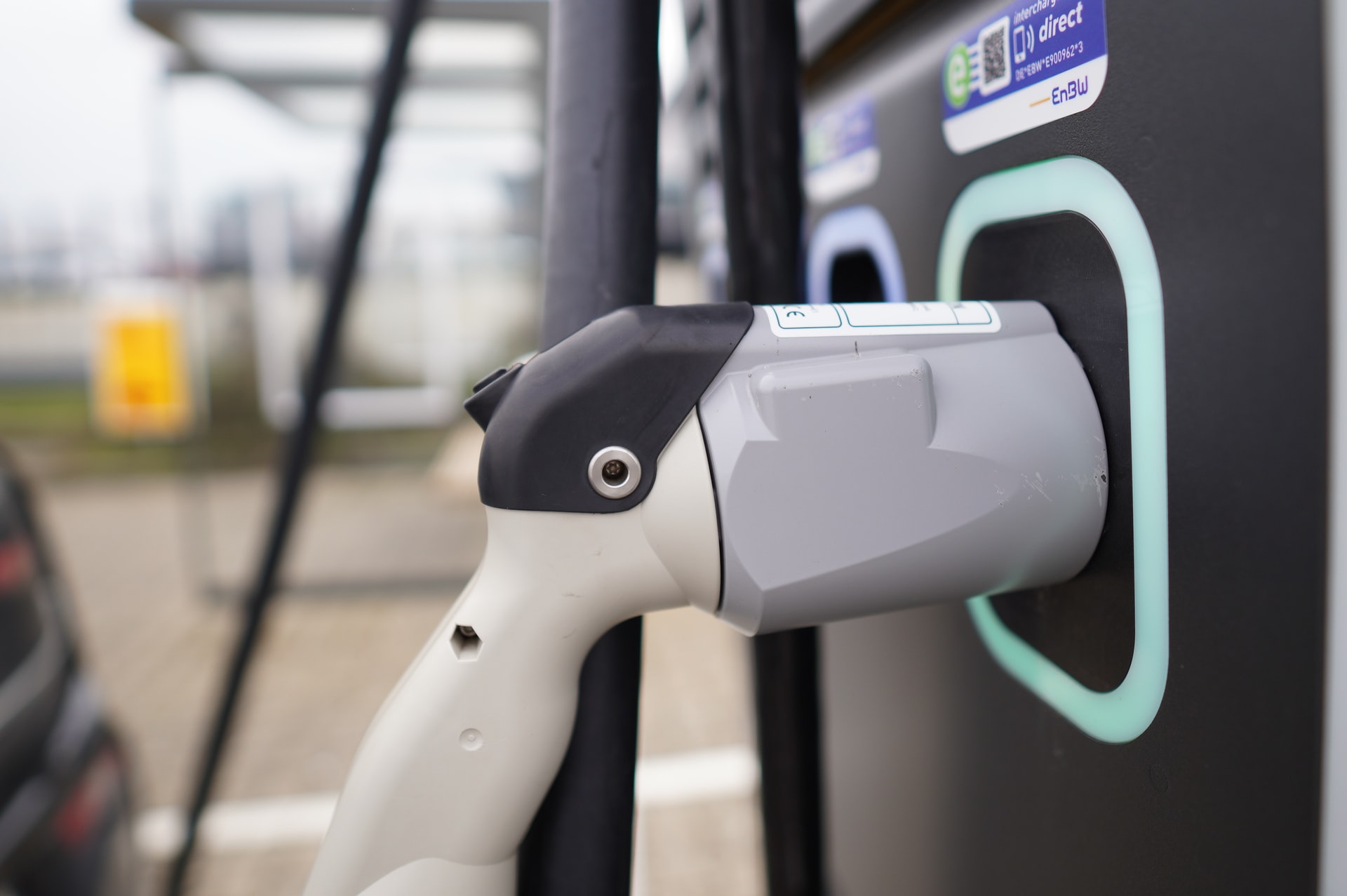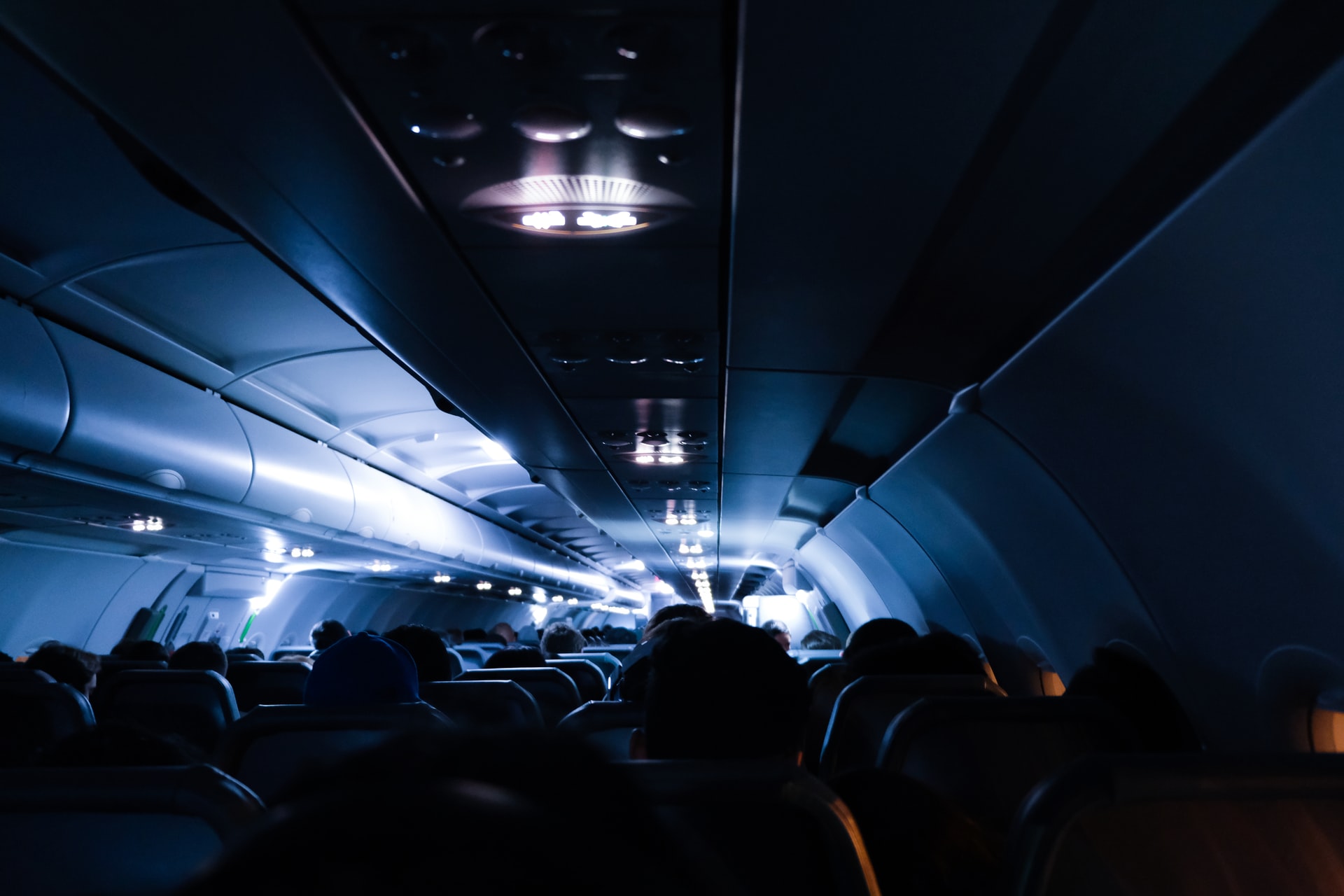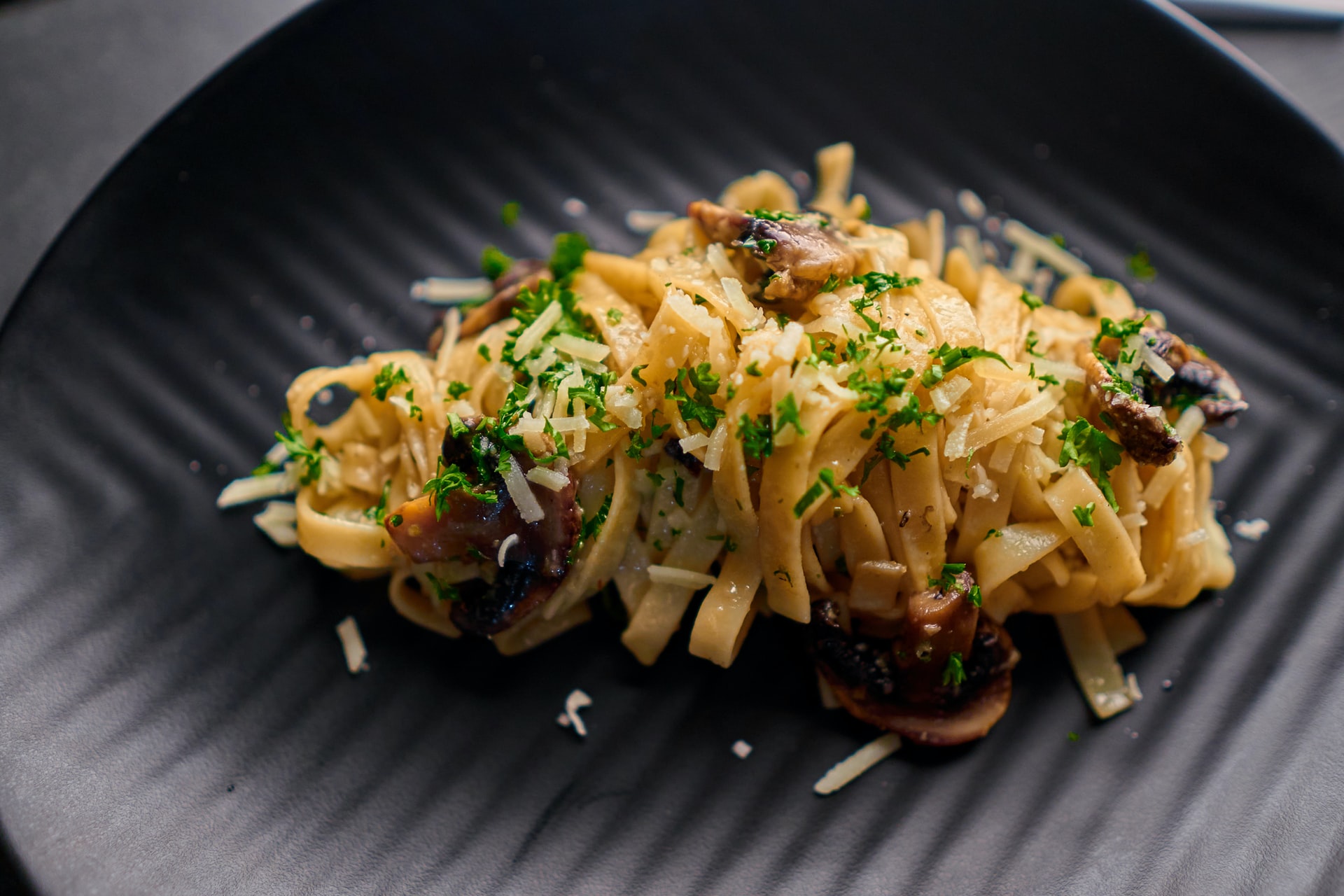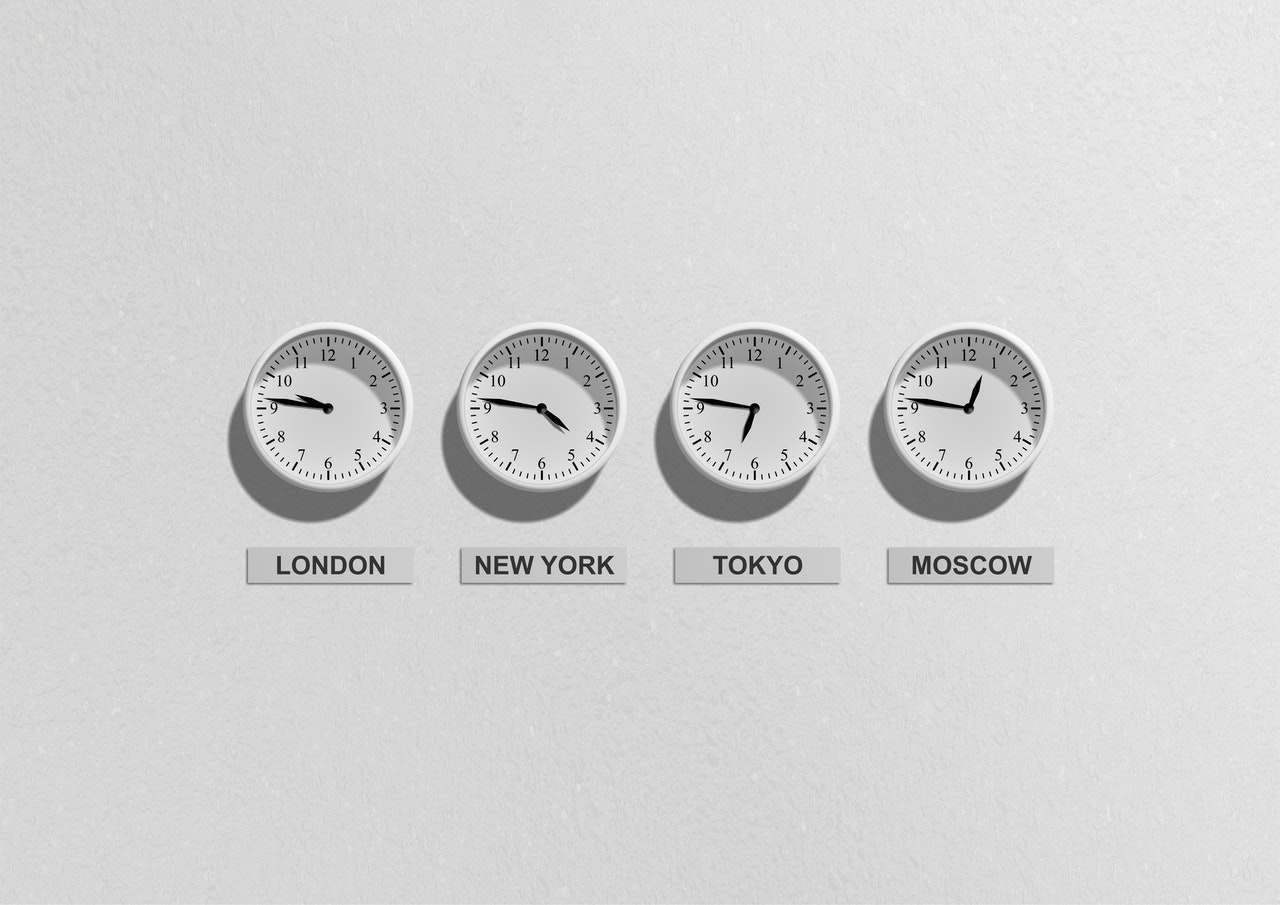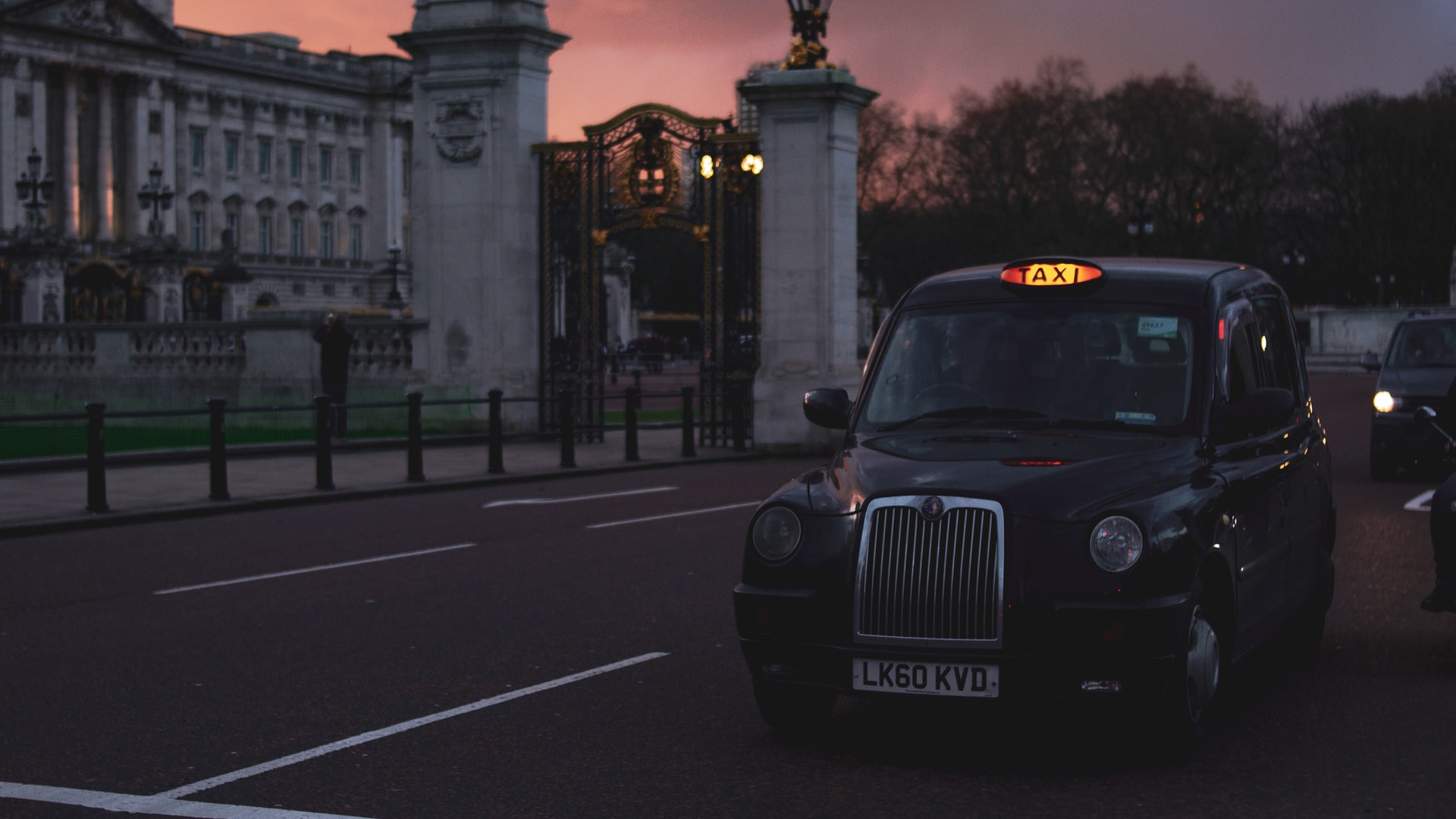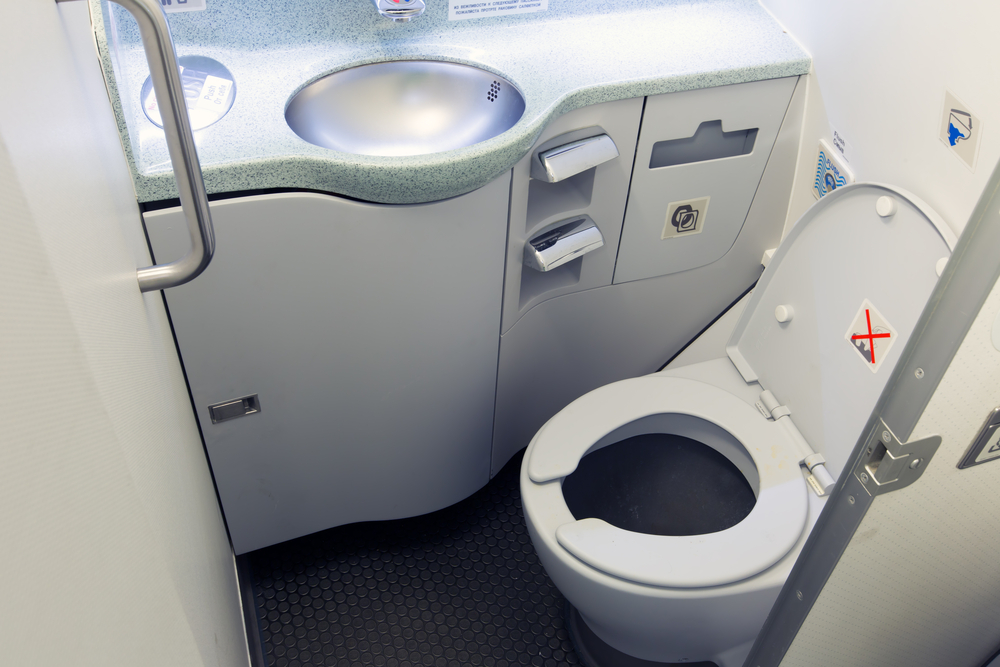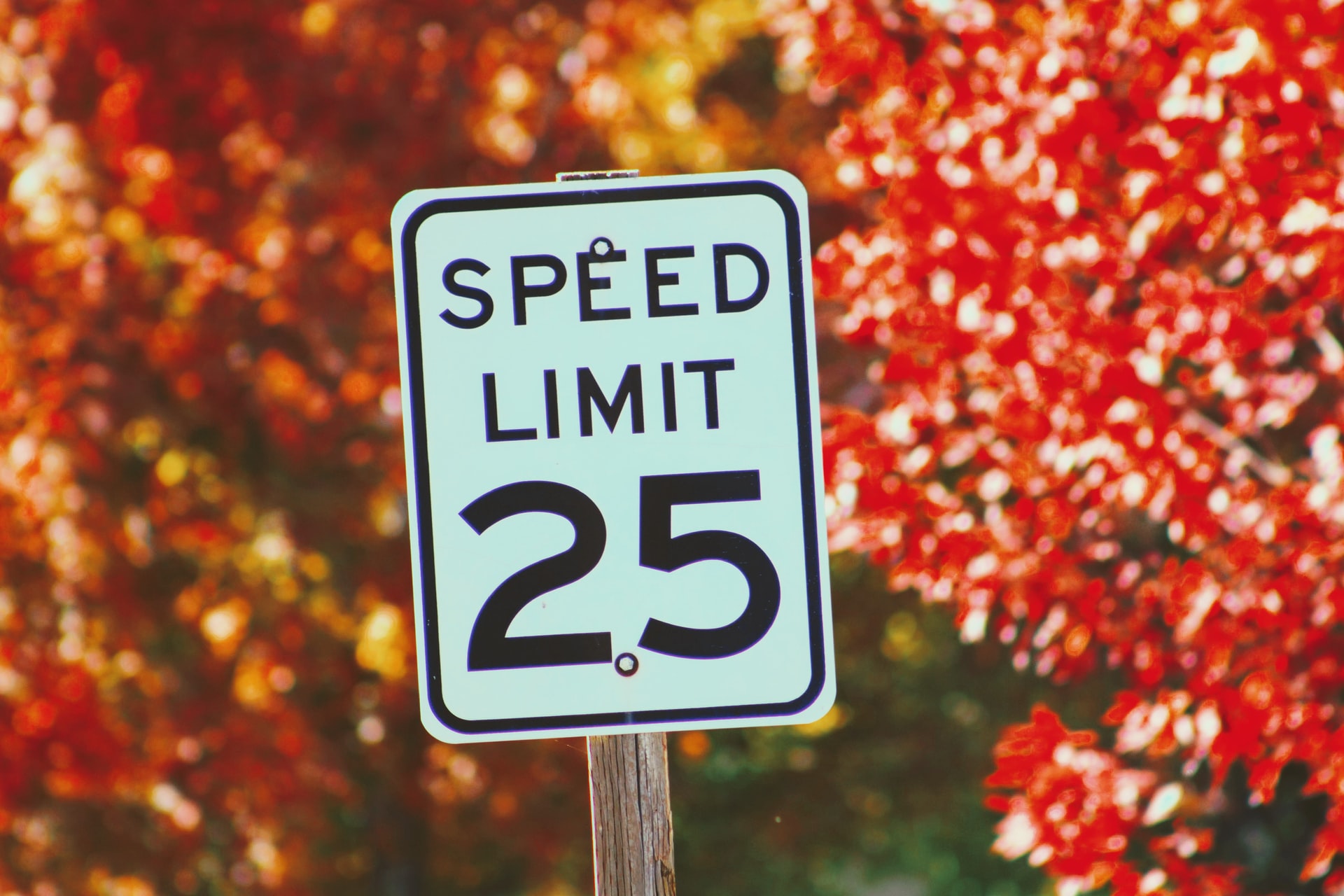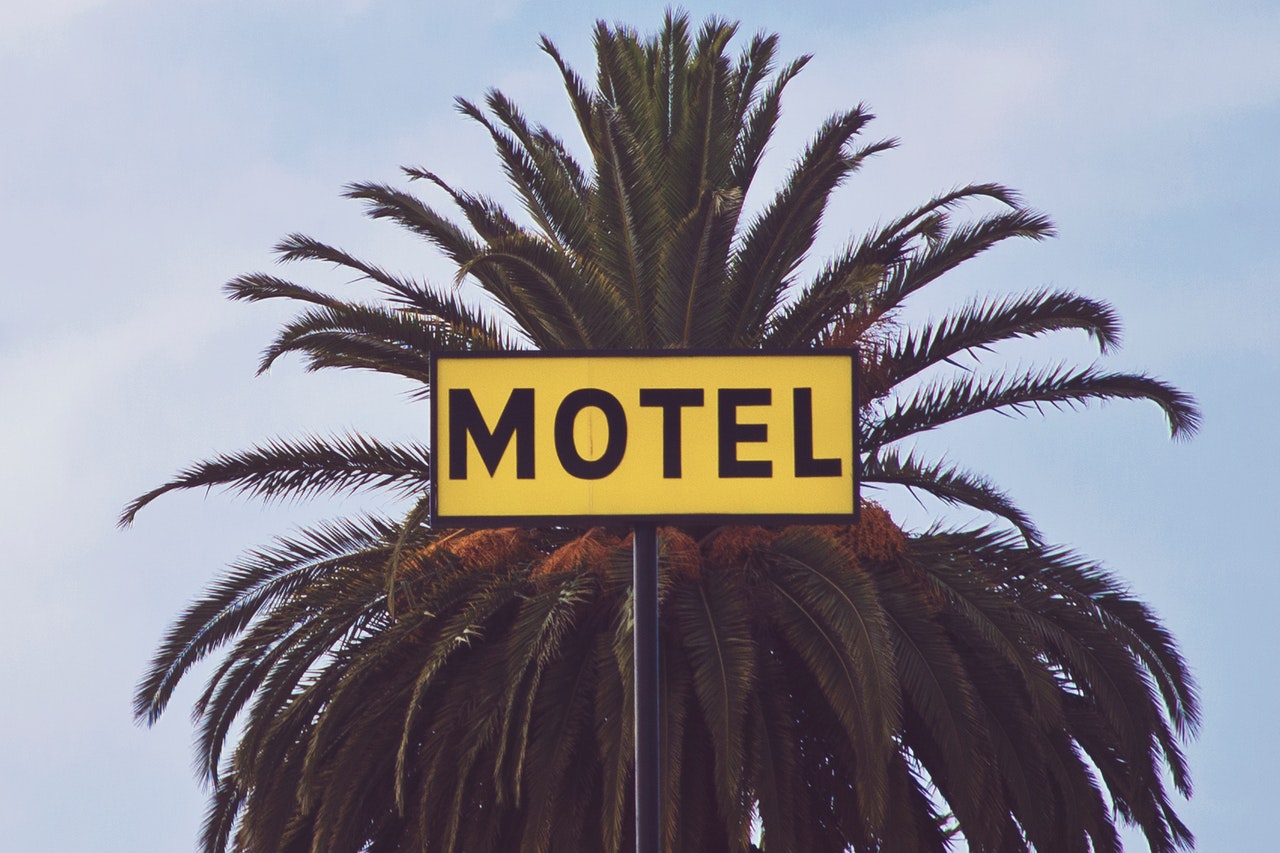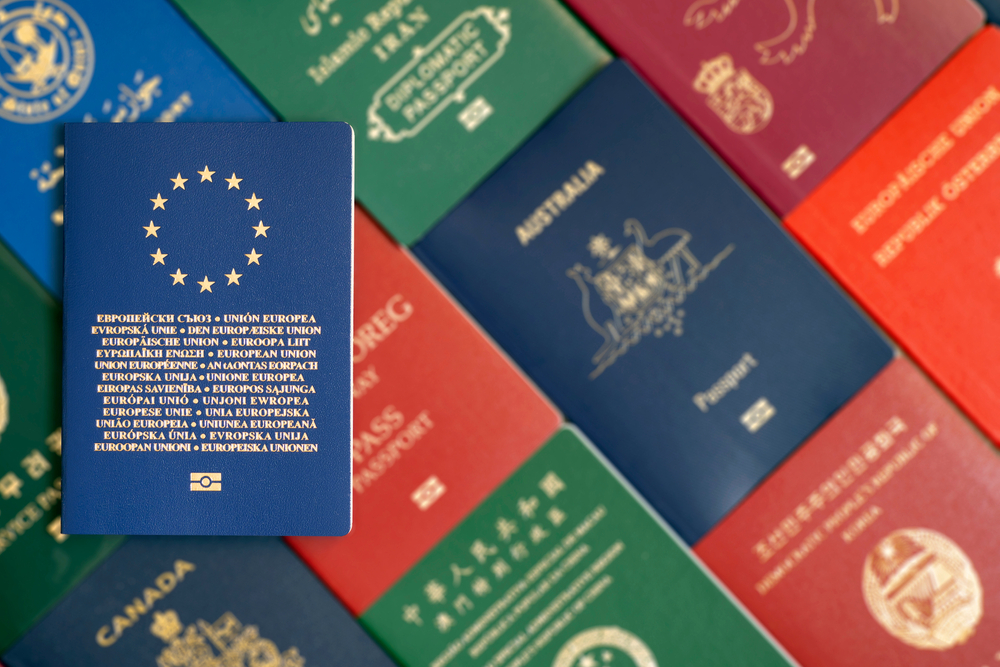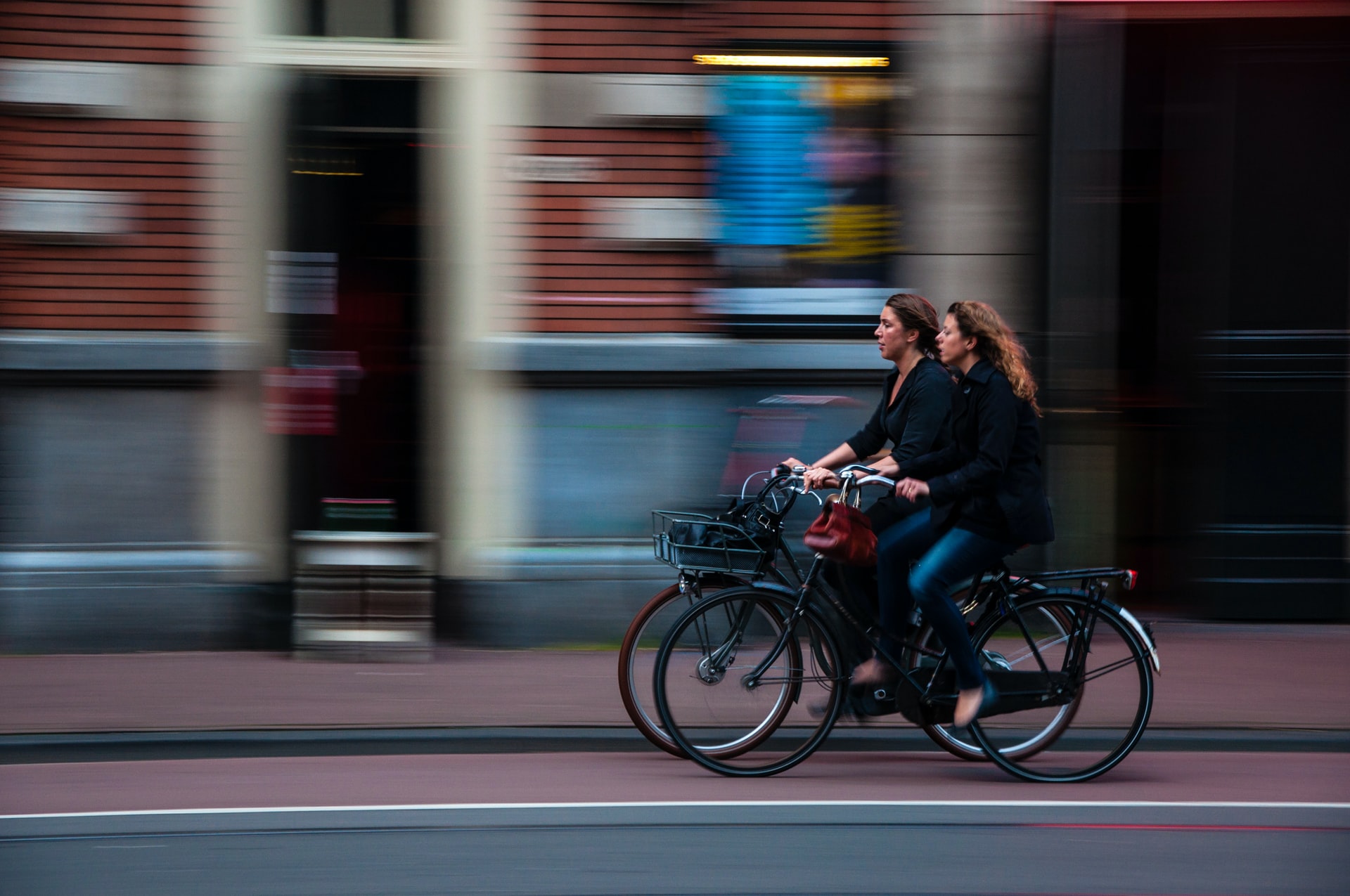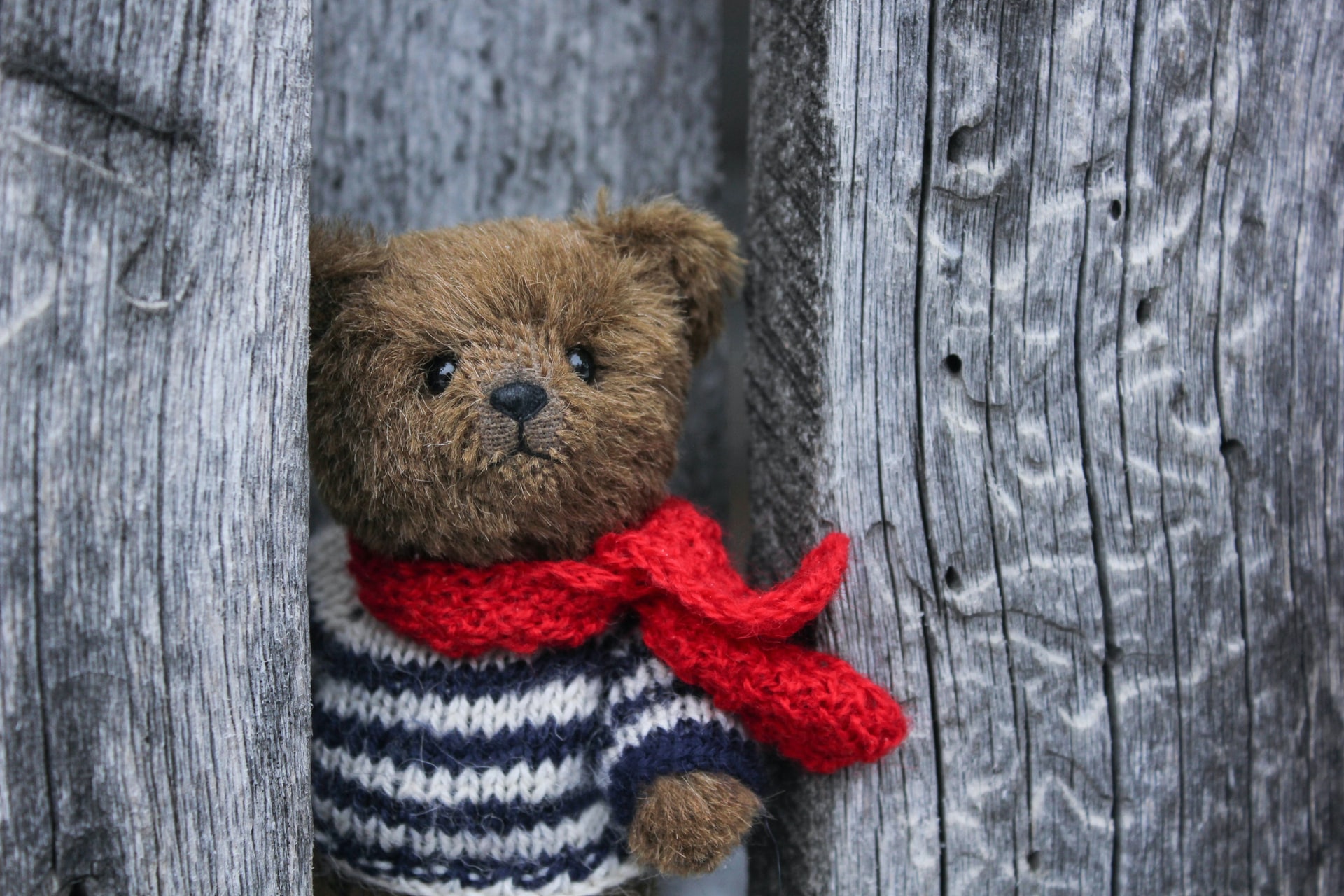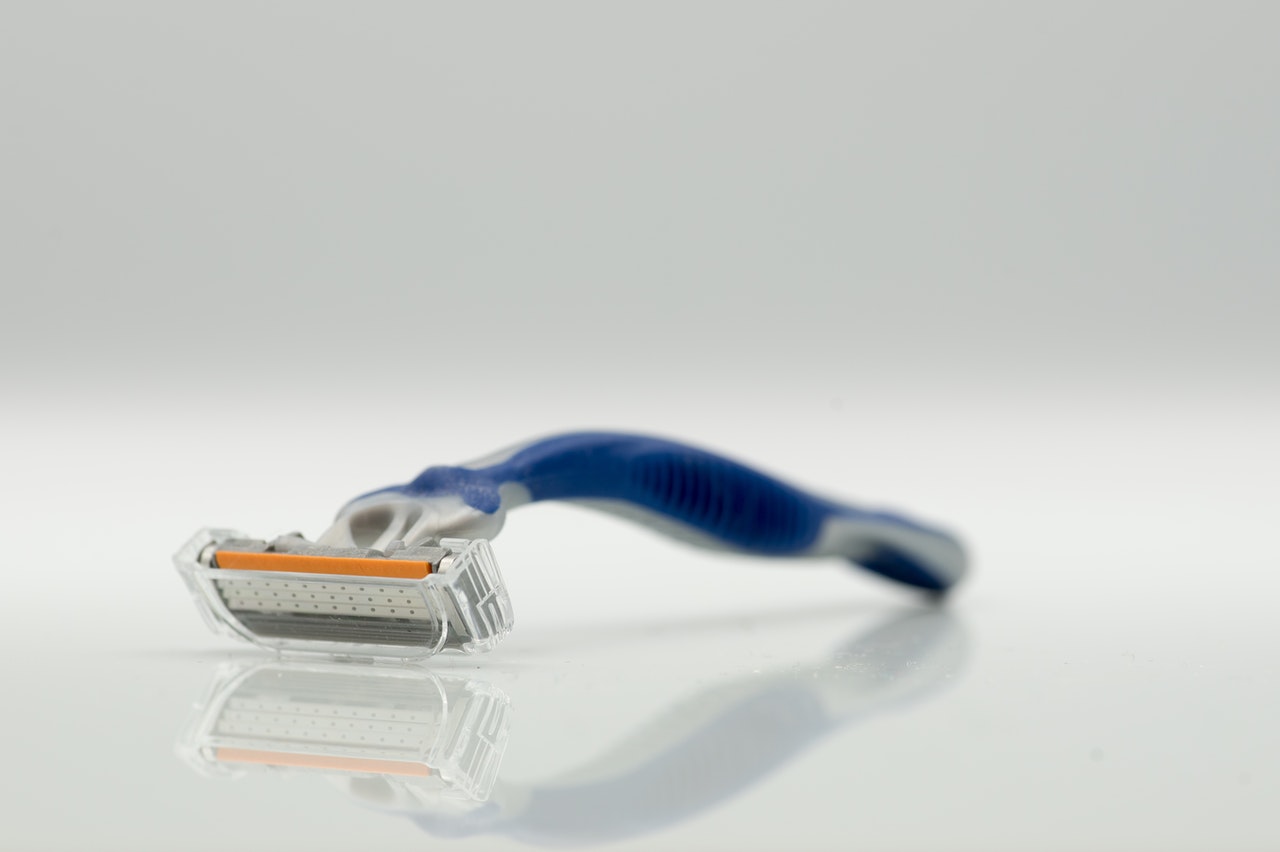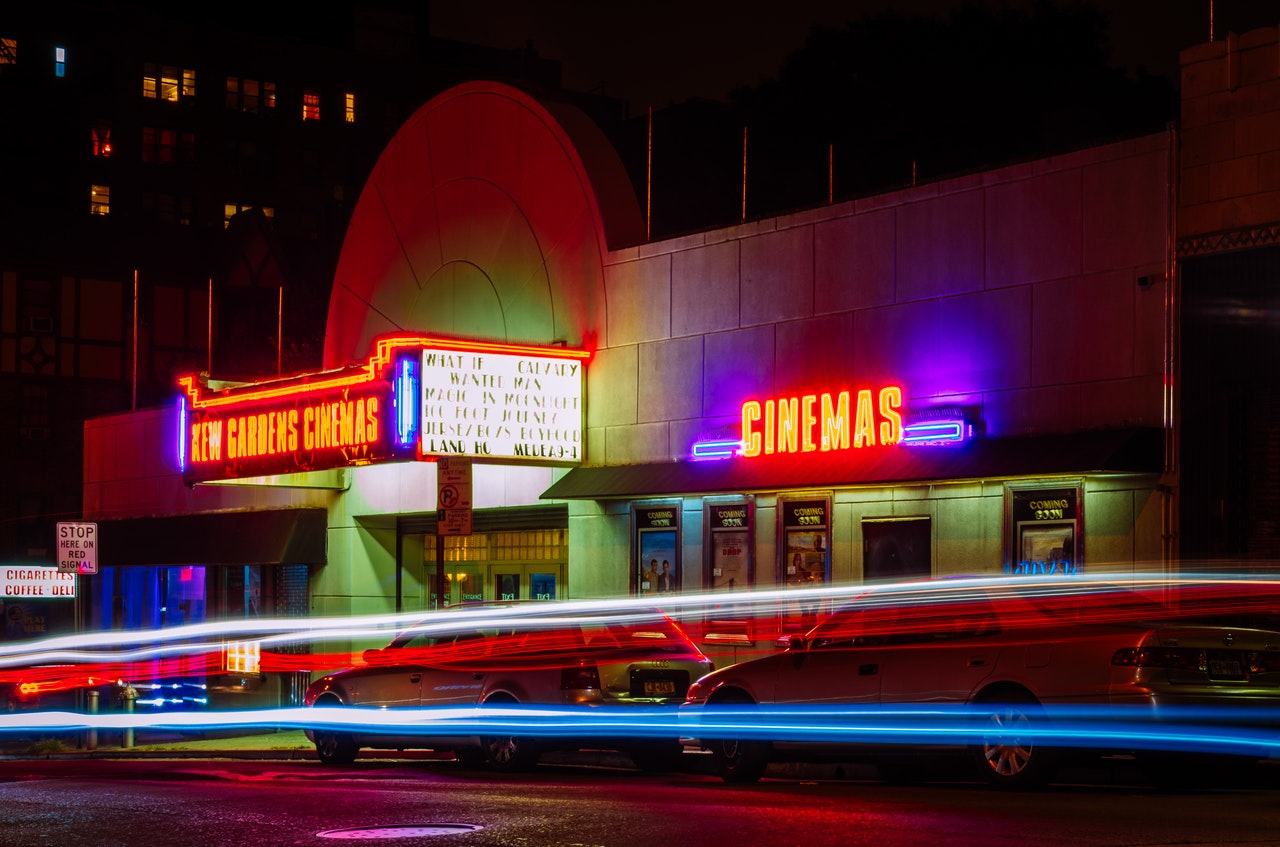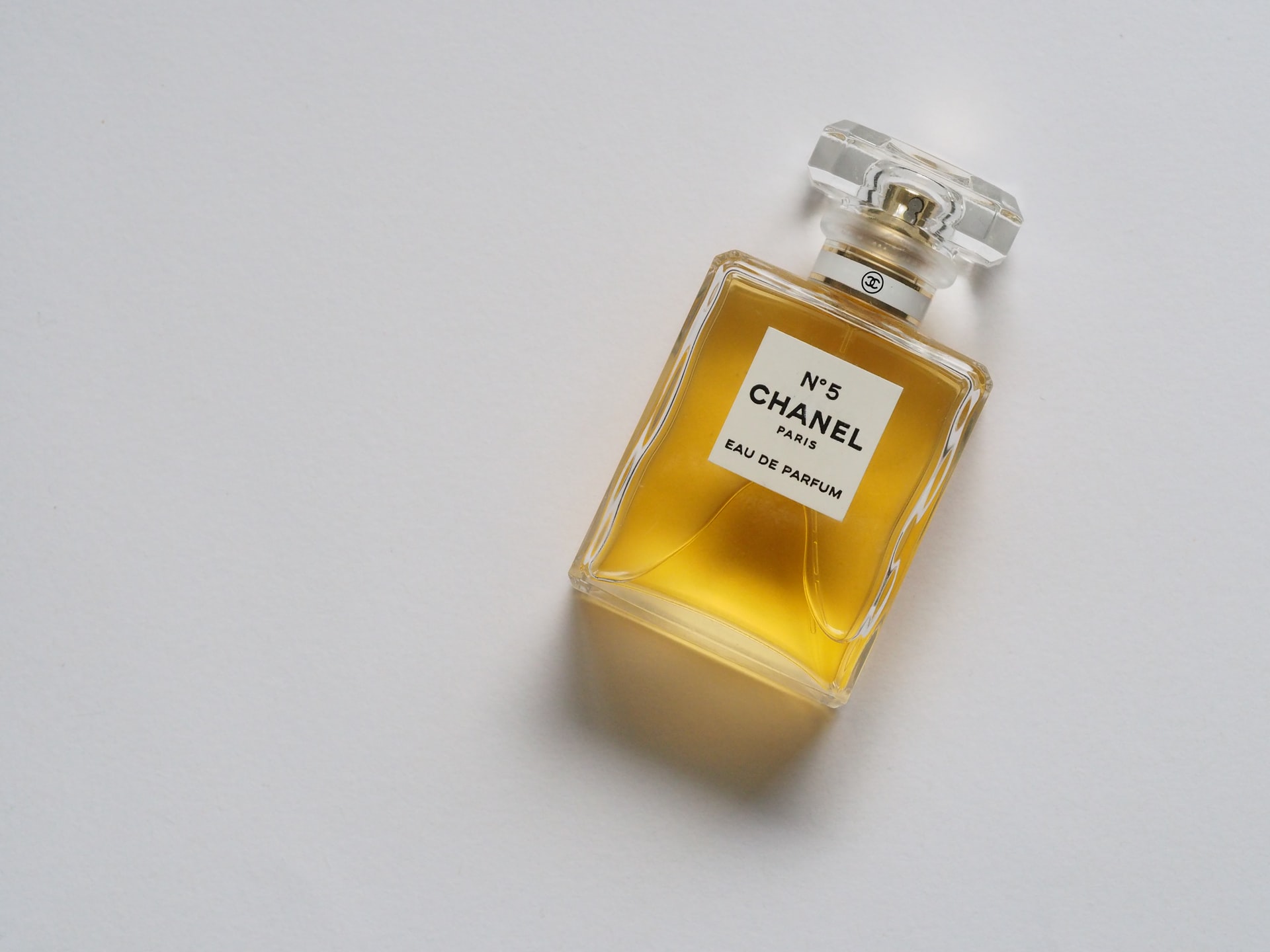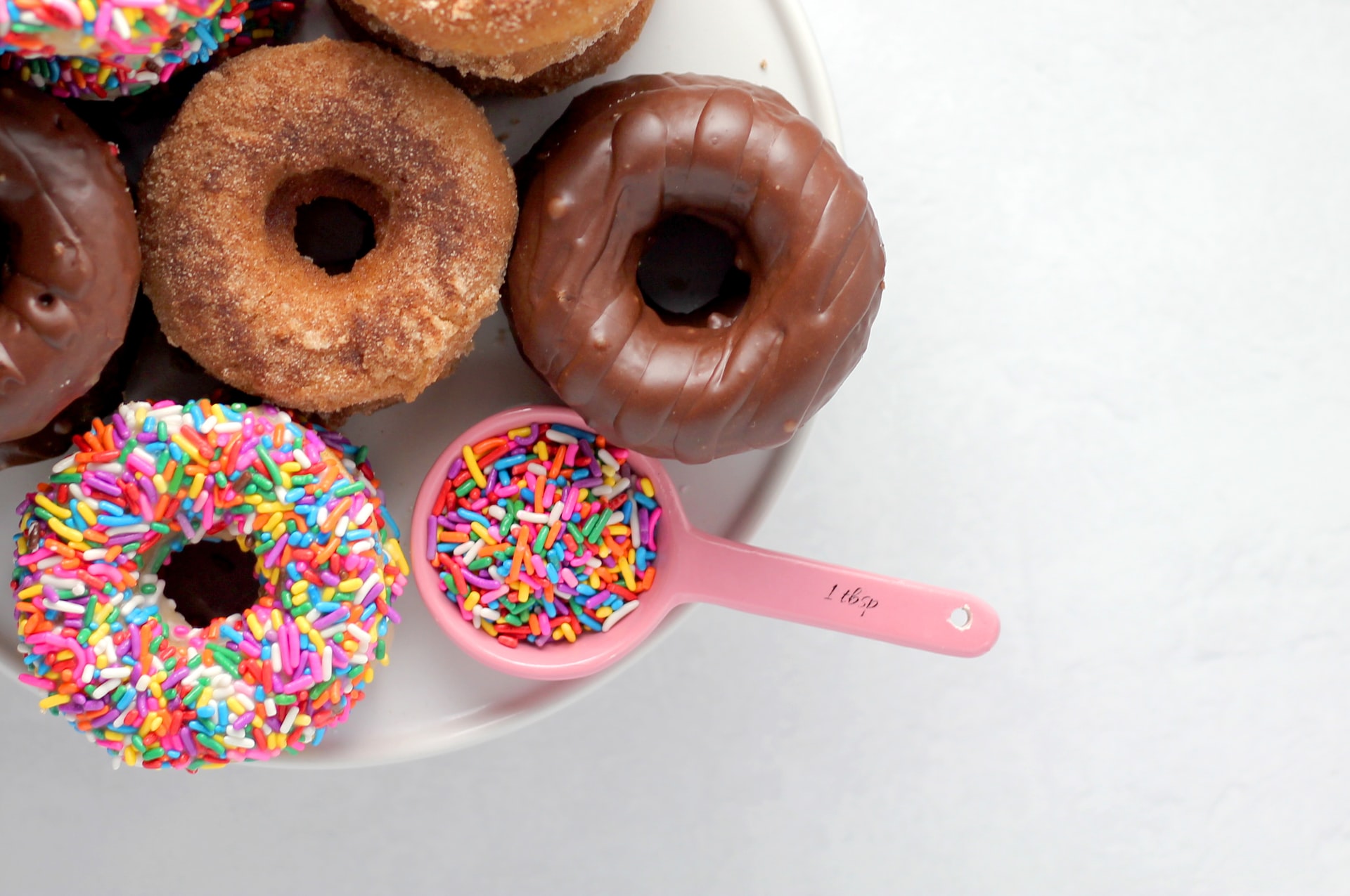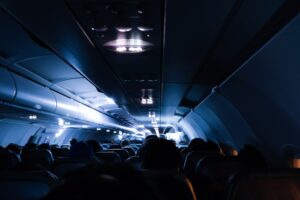Reading Time: < 1 minutes
- Reason 1: White keeps the plane cooler.
- White reflects sunlight, while dark colours absorb sunlight; so, white minimises the heat and any potential damage from solar radiation.
- Reason 2: Safety.
- Damages or leaks are easier to spot on white, so it adds to the safety of the plane.
- Also, in the case of a crash or emergency landing, it is easier for rescue teams to spot the white aircraft.
- Research published in the journal Human-Wildlife Interactions suggests that it is easier for birds to detect and avoid white colour.
- So, white colour comparatively reduces the risk of birds flying into the planes, thus enhancing safety.
- Reason 3: White is cheaper to buy & maintain and easier to sell.
- Because of the reasons mentioned above, all planes start out white when they are made.
- To add an additional layer of paint would mean extra money (estimated between $50,000 and $200,000 per plane) for that paint.
- Also, an additional layer of paint would mean additional weight of about 500 kgs, which is equivalent to about 7 additional passengers.
- More weight means more fuel is burnt and thus the efficiency of the plane is affected.
- Historically, some planes have tried avoiding the white paint as well, but that leads to the tarnishing of the metal and thus adds to the cost of polishing & maintenance.
- Dark colours are likely to fade with time and need touch-ups and repaint, thus adding to the airline’s maintenance costs.
- Furthermore, airlines often end up selling their aircraft to other carriers and white planes are easier to sell.
Image courtesy of John McArthur through Unsplash
Reference shelf :


